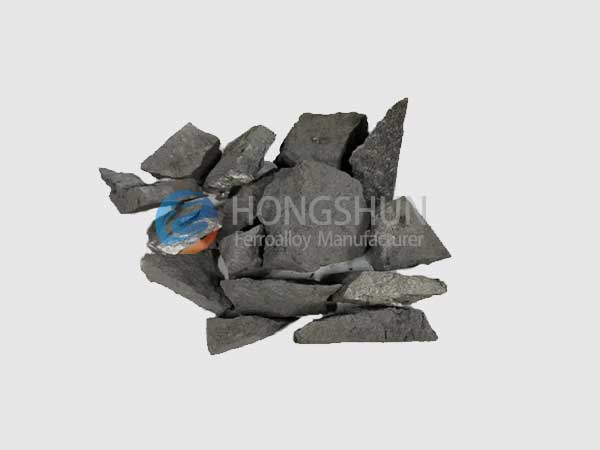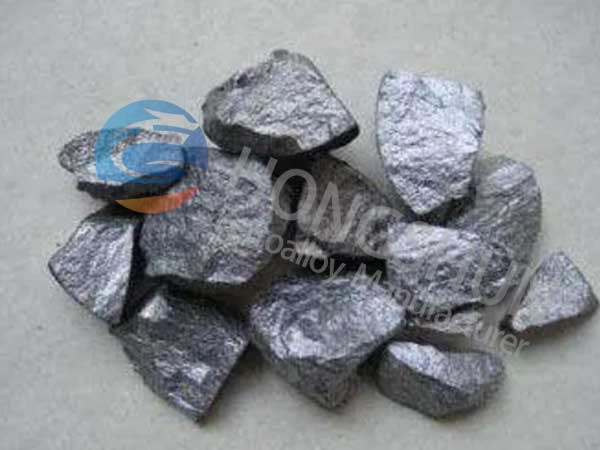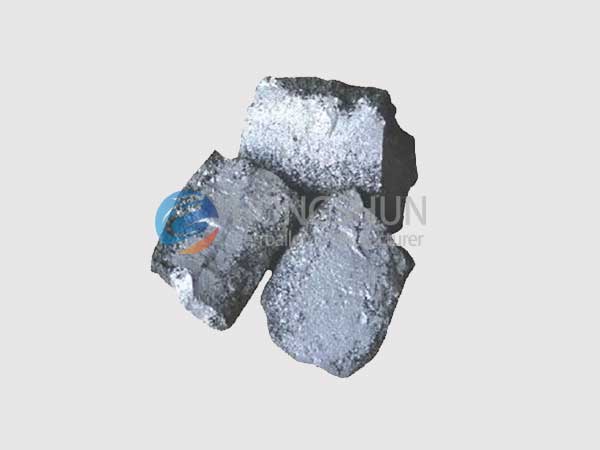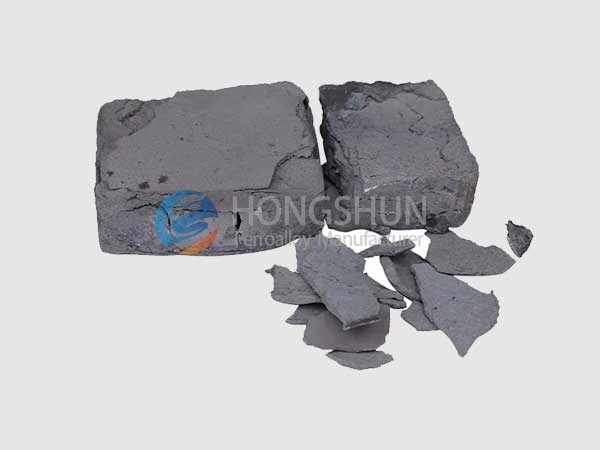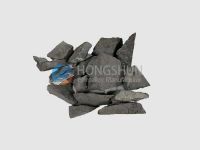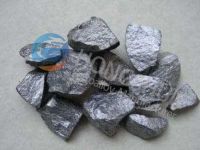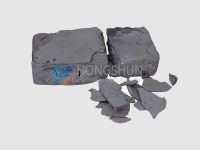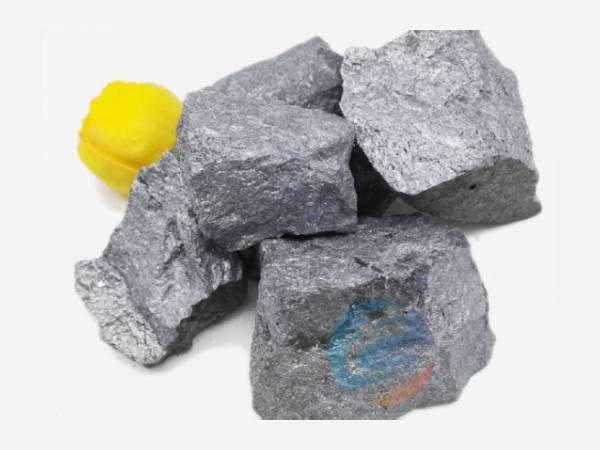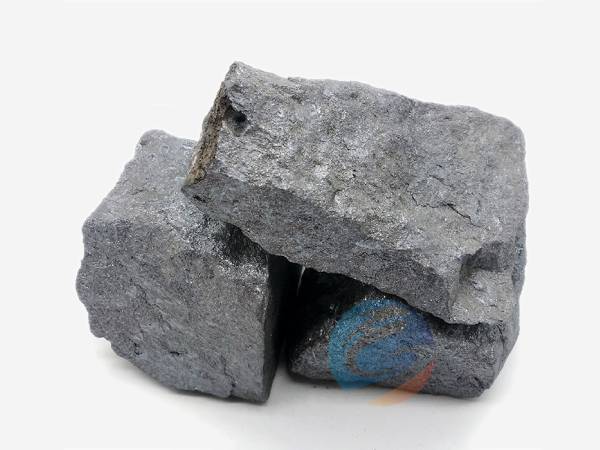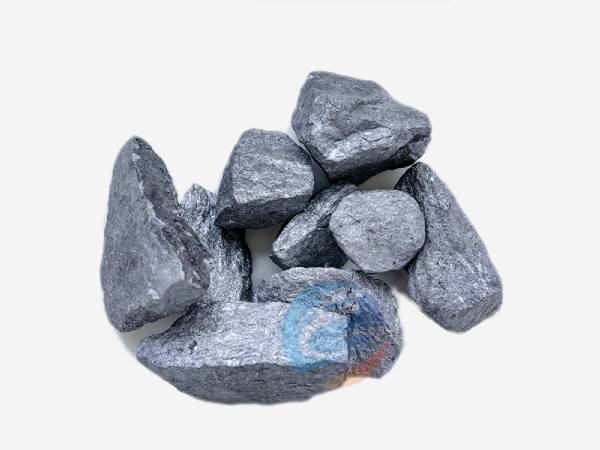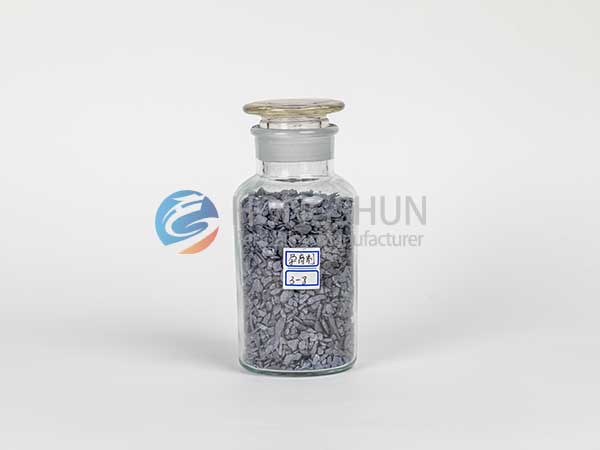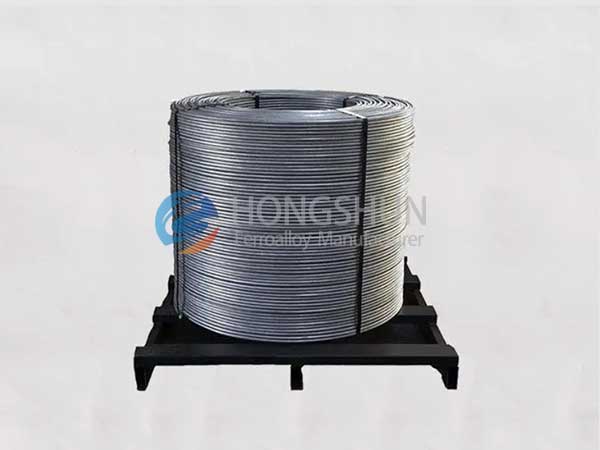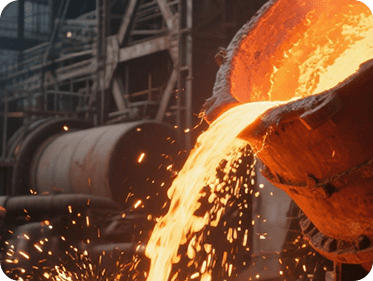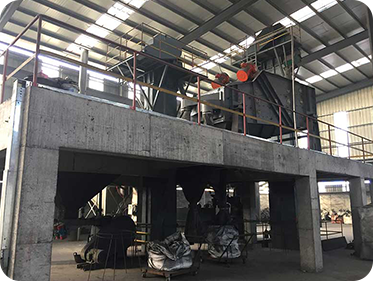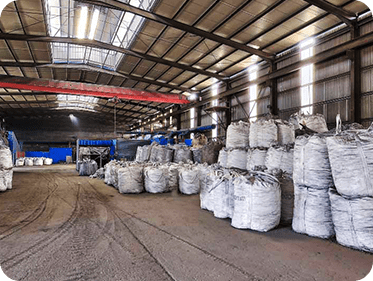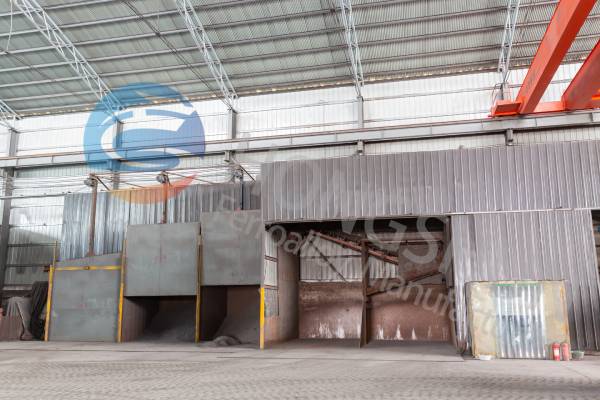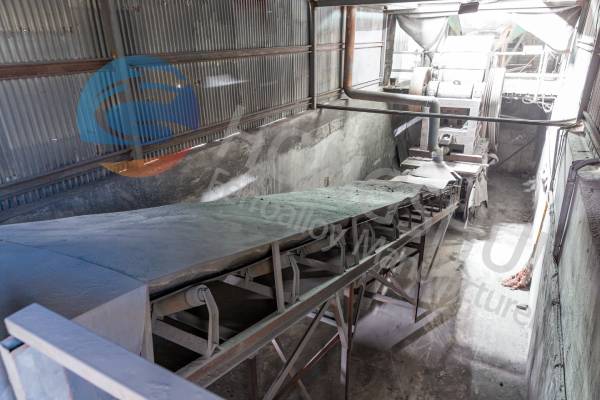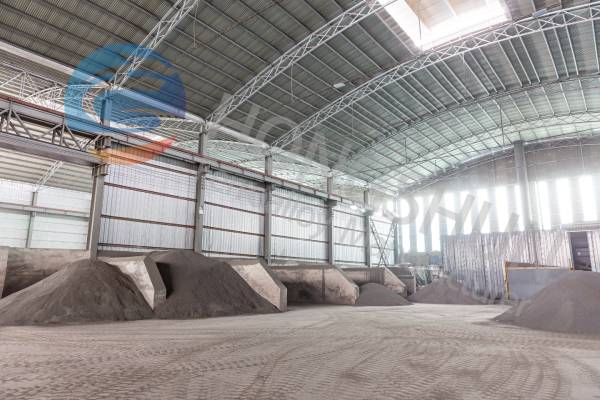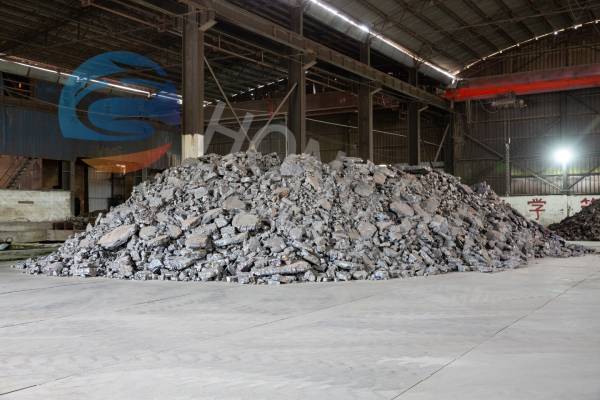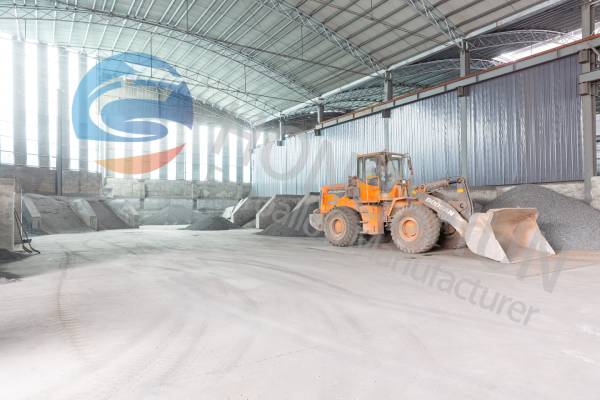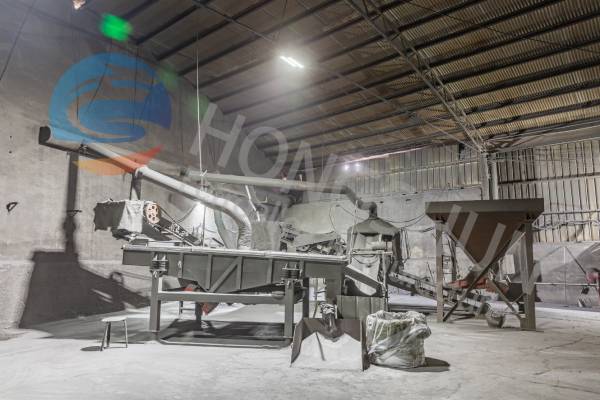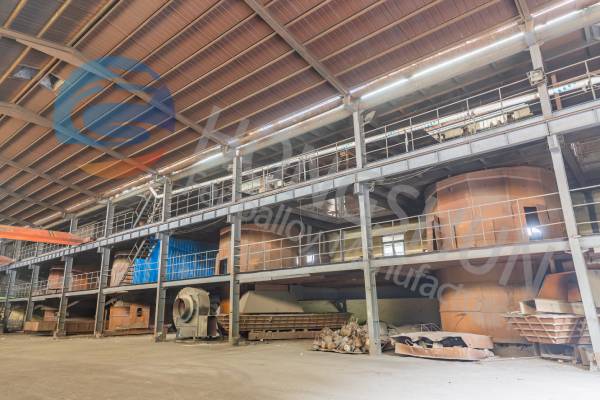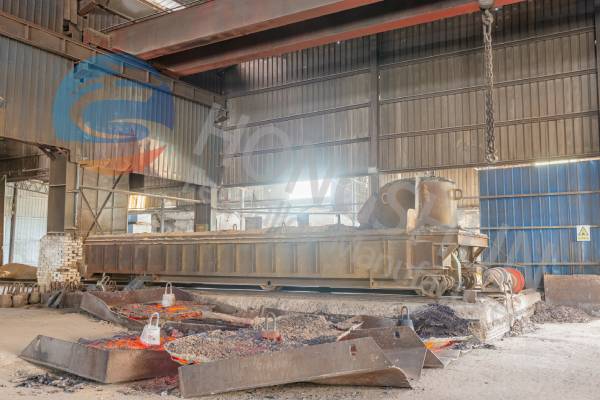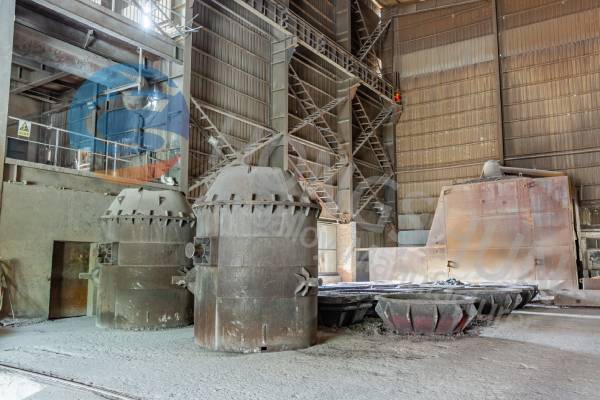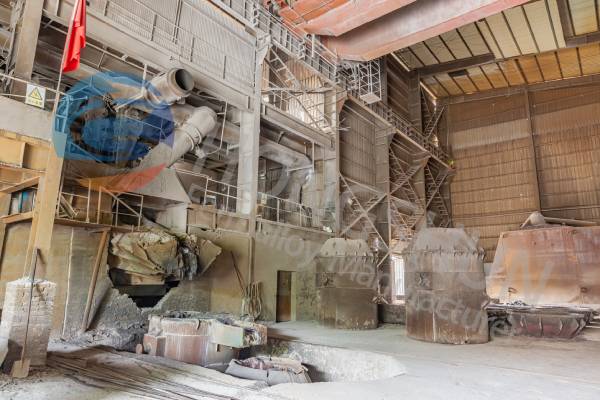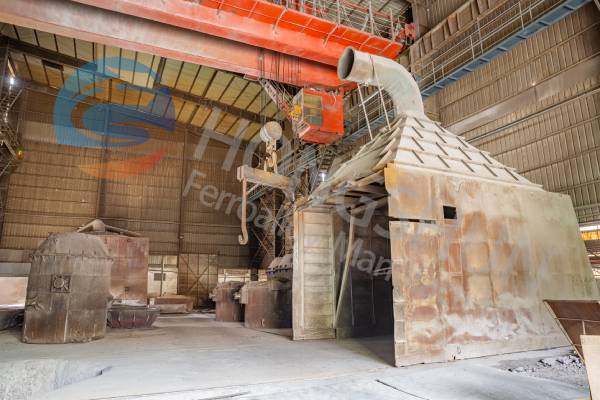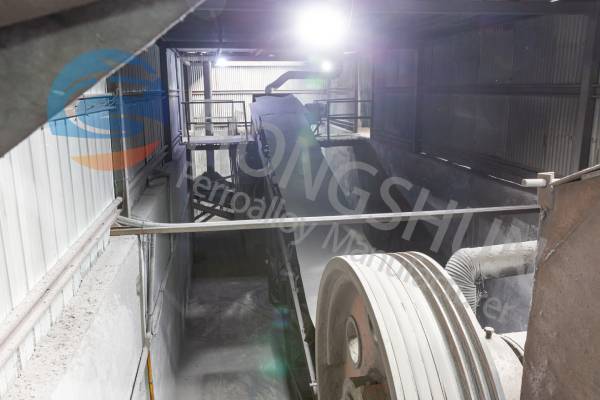Ferrochrome nitride, also known as ferro chrome nitride or nitrided ferrochrome, is a ferroalloy primarily composed of nitrides such as CrN, Cr₂N, and Fe₄N. It can also form complex nitrides like (Cr, Fe)₂N(1-x). The phase composition of ferrochrome nitride is mainly influenced by the nitriding atmosphere and temperature during production. Its primary application is in the manufacture of corrosion-resistant and other specialized nitrogen-containing steels.
Ferrochrome Nitride composition
Ferrochrome nitride FeNCr10-B Cr≥60% N≥5.0% C≤0.1% S≤1.5%.
| Chemical formula | Cr Min | N Min | C Max | Si Max | P Max | S Max |
| FeNCr3-A | 60% | 3.0% | 0.03% | 1.5% | 0.03% | 0.04% |
| FeNCr3-B | 60% | 5.0% | 0.03% | 2.5% | 0.03% | 0.04% |
| FeNCr6-A | 60% | 3.0% | 0.06% | 1.5% | 0.03% | 0.04% |
| FeNCr6-B | 60% | 5.0% | 0.06% | 2.5% | 0.03% | 0.04% |
| FeNCr10-A | 60% | 3.0% | 0.10% | 1.5% | 0.03% | 0.04% |
| FeNCr10-B | 60% | 5.0% | 0.10% | 2.5% | 0.03% | 0.04% |
Approximate chemical composition of ferrochromium nitride
Other Standard Chemical Compositions of Ferrochrome Nitride
Cr: 60-65% min, N: 8-10%, C: 0.1%, Si: 1.5-2.5%, P: ≤0.03%, S: ≤0.04%
Cr: 60-65% min, N: 8-10%, C: 0.06%, Si: 1.5-2.5%, P: ≤0.03%, S: ≤0.04%
Cr: 60-65% min, N: 8-10%, C: 0.03%, Si: ≤1.0%, P: ≤0.03%, S: ≤0.04%
Features of Ferrochrome Nitride
Stable nitrogen content
High density
High alloy absorption rate
Melting point around 700°C
Can partially replace nickel, helping to reduce production costs
Application of Ferrochrome Nitride
Hongshun’s ferrochrome nitride is widely used in electric furnaces and oxygen converters for the production of nitrogen-bearing steels. As a key alloy material, it plays an essential role in the manufacturing of special steels such as stainless steel, heat-resistant steel, corrosion-resistant steel, and various alloy steels.
Nitrogen acts as an austenite stabilizer and is commonly added in chromium-manganese and chromium-manganese-nickel stainless steels to partially replace the costly nickel. Studies show that nitrogen expands the austenite region about 30 times more effectively than nickel. Therefore, adding nitrogen significantly reduces the nickel content in austenitic stainless steel production, bringing substantial cost savings.
Additionally, nitrogen improves the strength and corrosion resistance of steel while maintaining good ductility.
China and India are the largest producers of nitrogen-containing corrosion-resistant steels, with production continuously increasing. Currently, these steels account for about 10% of global steel output and roughly 20% in Asia. To meet global demand, Hongshun supplies a full range of nitride alloys, including silicon nitride, ferrosilicon nitride, ferrochrome nitride, and silicon manganese nitride.
Production Standard
Sampling and sample preparation are conducted according to the ferrochrome testing methods.
Class A applies to seed fusion products after nitriding, with nitrogen content measured excluding adsorbed nitrogen.
Class B is suitable for fixed nitriding alloys.
For each furnace batch, the contents of chromium, nitrogen, phosphorus, carbon, and sulfur must be tested and confirmed.
After negotiation between the supplier and the buyer, Class B products with silicon content not exceeding 3.0% can be supplied.
Any special chemical composition requirements shall be agreed upon through mutual negotiation between supplier and buyer.
Preparation of Nitrided Low Carbon Ferrochrome
In China, the standard nitrogen content for ferrochrome nitride products ranges from 3.0% to 5.0%. The production of nitrogen-containing steel typically uses a vacuum resistance furnace with a solid-phase nitriding process.
Solid-phase nitriding employs nitrogen or ammonia as the nitriding agent. The nitriding reaction takes place in a vacuum induction furnace or resistance furnace, usually combined with vacuum smelting of ferrochromium. After vacuum decarburization, nitrogen is introduced into the vacuum or induction furnace for nitriding treatment. Ferrochrome nitride produced this way exhibits high porosity. Remelting can densify the alloy but typically reduces nitrogen content by about 2% to 2.5%.
Another effective preparation method is Self-Propagating High-Temperature Synthesis (SHS), which offers an alternative to vacuum heating for producing high-purity, high-strength, and corrosion-resistant ferrochrome nitride. SHS fully utilizes the heat generated by exothermic chemical reactions between elements to synthesize high-melting-point, high-performance materials rapidly. This technology integrates material synthesis and sintering in one process. During the SHS reaction, a combustion structure forms, with the macro-dynamics of the structure connecting the combustion process and material formation.

